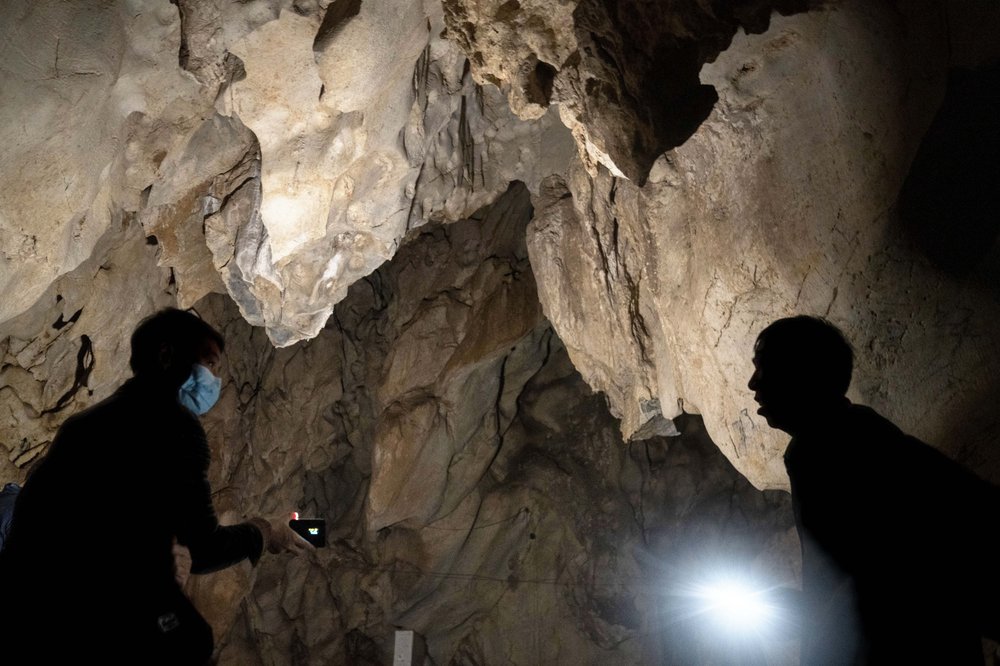Scientists discover a shocking new way to breathe – through the gut
11/02/2025 / By S.D. Wells

Oxygen is the cornerstone of life, essential for sustaining nearly every biological process in the human body. Under normal circumstances, oxygen enters the bloodstream through the lungs. But for patients suffering from severe respiratory failure—such as those affected by pneumonia, acute respiratory distress syndrome (ARDS), or complications from COVID-19—this life-sustaining process can become dangerously compromised.
In a stunning scientific breakthrough, researchers at Tokyo Medical and Dental University (TMDU) have demonstrated a novel way to deliver oxygen through the intestinal lining, potentially transforming the treatment of patients whose lungs can no longer function properly.
- Breakthrough in oxygen delivery: Researchers at Tokyo Medical and Dental University (TMDU) demonstrated that oxygen can be effectively delivered through the intestinal lining—a process called enteral ventilation (EVA)—to support the body during respiratory failure.
- Inspired by nature: Drawing from animals like loaches and sea cucumbers that breathe through their intestines in low-oxygen environments, the TMDU team tested oxygen delivery via the rectum in mice, rats, and pigs using both oxygen gas and an oxygen-rich liquid called perfluorodecalin (PFD).
- Promising experimental results: Both gas and liquid oxygen delivery significantly increased oxygen levels in the blood, improved survival rates, and normalized behavior in models of lethal hypoxia—without harming gut bacteria or causing tissue damage.
- Potential for future clinical use: The researchers envision EVA as a safe, less invasive alternative to mechanical ventilators and artificial lungs, offering temporary oxygen support for patients with respiratory distress or failure, especially in emergency or pandemic situations.
Breathing through the gut: TMDU scientists unveil groundbreaking method to deliver oxygen via the intestine
The process, known as enteral ventilation via anus (EVA), takes inspiration from certain animal species capable of performing “intestinal respiration.” Creatures such as loaches, catfish, sea cucumbers, and orb-weaving spiders can extract oxygen through their gut in low-oxygen environments, allowing them to survive even when normal breathing is impossible. The TMDU team, intrigued by these natural adaptations, sought to determine whether this mechanism could be harnessed in mammals—possibly even humans—as a life-saving backup system when lung-based breathing fails.
Lead researcher Ryo Okabe explained the rationale behind this seemingly unconventional idea: “The rectum has a rich network of blood vessels just beneath its lining. Because we already use the rectal route for rapid drug delivery, we wondered whether oxygen might also diffuse into the bloodstream the same way.” This curiosity led to a series of pioneering experiments involving mice, rats, and pigs that were placed in controlled low-oxygen conditions to simulate respiratory failure.
The scientists tested two main methods of intestinal oxygen delivery: introducing oxygen gas directly through the rectum and infusing an oxygen-rich liquid via the same route. Before delivering oxygen, the team increased local blood flow by gently stimulating the intestinal lining—confirming enhanced vascular activity through genetic markers of inflammation. While this preparation improved oxygen absorption in animal models, it was deemed unsuitable for clinical use in humans.
To find a safer, more practical alternative, the researchers turned to oxygenated perfluorodecalin (PFD)—a biocompatible, medical-grade liquid already used in some respiratory and surgical applications. PFD is uniquely capable of carrying large volumes of both oxygen and carbon dioxide, making it an ideal medium for gas exchange. When administered rectally, the oxygenated PFD effectively transferred oxygen across the intestinal wall into the bloodstream without damaging tissue or disturbing the gut’s delicate microbiome.
The outcomes were nothing short of remarkable. Both gaseous and liquid EVA treatments significantly improved oxygen levels, normalized animal behavior, and extended survival time even under otherwise fatal oxygen deprivation. Key physiological measurements—including arterial oxygen pressure (PaO?) and oxygen saturation (SpO?)—confirmed that oxygen was indeed being absorbed through the intestinal lining and circulated systemically. Microscopic analysis of tissues revealed elevated cellular oxygenation, and no adverse effects were detected from the small amounts of PFD absorbed into the body.
According to corresponding author Takanori Takebe, this discovery could one day reshape the landscape of respiratory medicine. “Enteral ventilation may offer a temporary oxygen support strategy for patients in respiratory distress, reducing their risk of tissue damage and potentially avoiding the need for invasive mechanical ventilation,” he explained.
This potential innovation is particularly significant given the limitations of current life-support systems such as mechanical ventilators and extracorporeal membrane oxygenation (ECMO) machines. While these technologies can be lifesaving, they are invasive, resource-intensive, and require advanced hospital infrastructure and trained specialists. The COVID-19 pandemic exposed global shortages and inefficiencies in such equipment, highlighting the urgent need for simpler, more accessible solutions for oxygen therapy.
Though more research is needed before EVA can be applied in human medicine, the findings mark a major leap forward. The next steps for the TMDU team include ensuring long-term safety, elucidating the molecular mechanisms underlying intestinal oxygen transport, and conducting early-stage clinical trials to test feasibility and effectiveness.
In essence, the TMDU researchers have opened a new frontier in respiratory biology—one that challenges the long-held belief that oxygen must enter through the lungs to sustain life. If future studies confirm these results in humans, enteral ventilation could become a revolutionary emergency tool for treating respiratory failure. What was once the realm of science fiction— “breathing through the gut”—is now an emerging reality rooted in cutting-edge biomedical science.
Tune your internet dial to NaturalMedicine.news for more tips on how to use natural remedies for preventative medicine and for healing, instead of succumbing to Big Pharma products that cause, spread, and exacerbate disease and disorder.
Sources for this article include:
Submit a correction >>
Tagged Under:
alternative medicine, arterial oxygen pressure, discoveries, enteral ventilation via anus, extracorporeal membrane oxygenation, gut, gut breathing, gut health, health science, intestinal respiration, intestine oxygen, mechanical ventilators, oxygen, oxygen saturation, oxygenated perfluorodecalin, pfd, rectal breathing, research, respiration, ryo okabe
This article may contain statements that reflect the opinion of the author
RECENT NEWS & ARTICLES
COPYRIGHT © 2017 DISCOVERIES NEWS




















